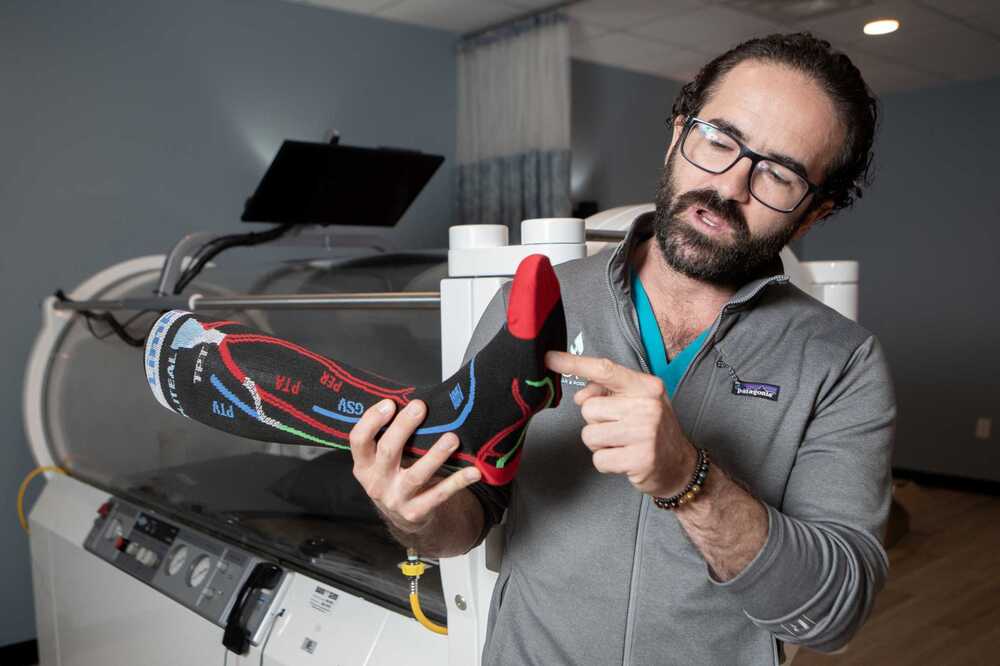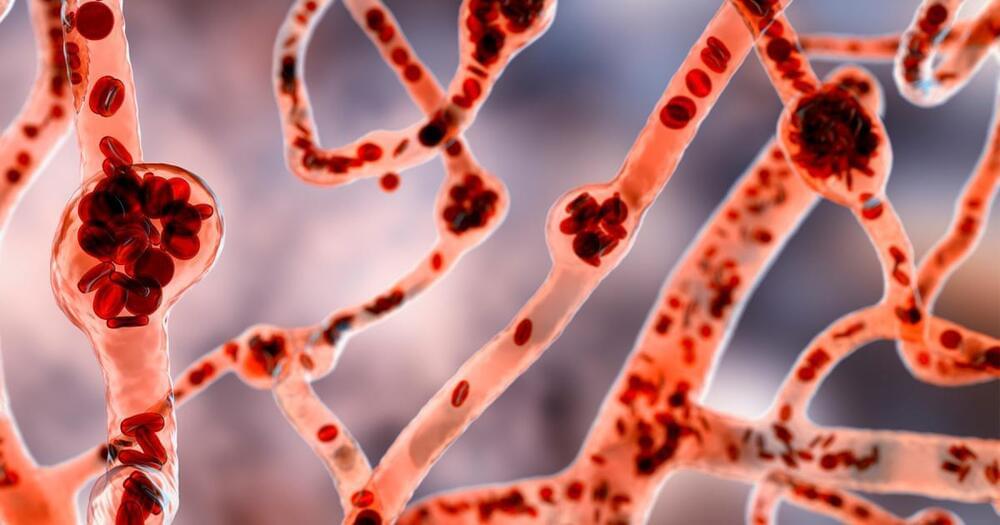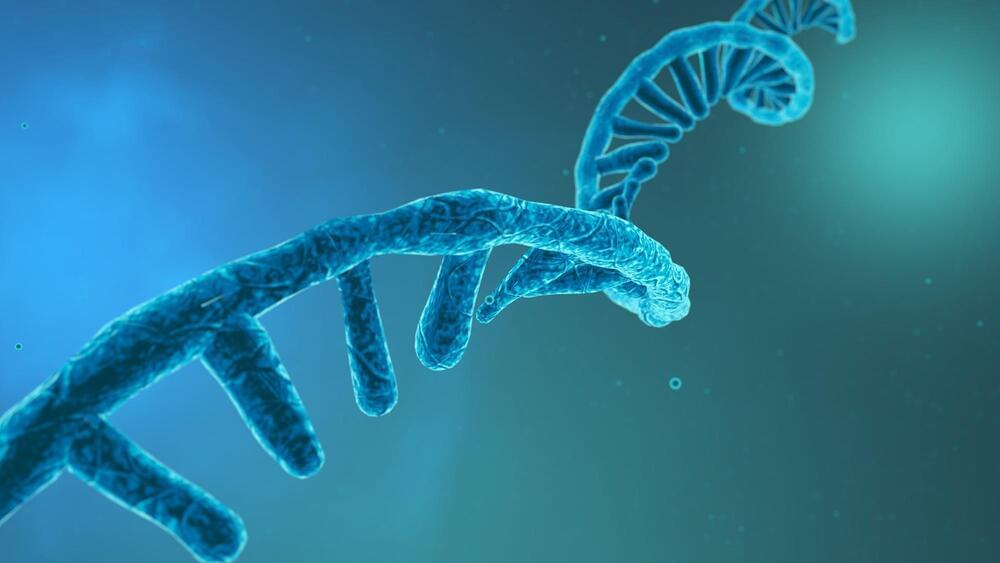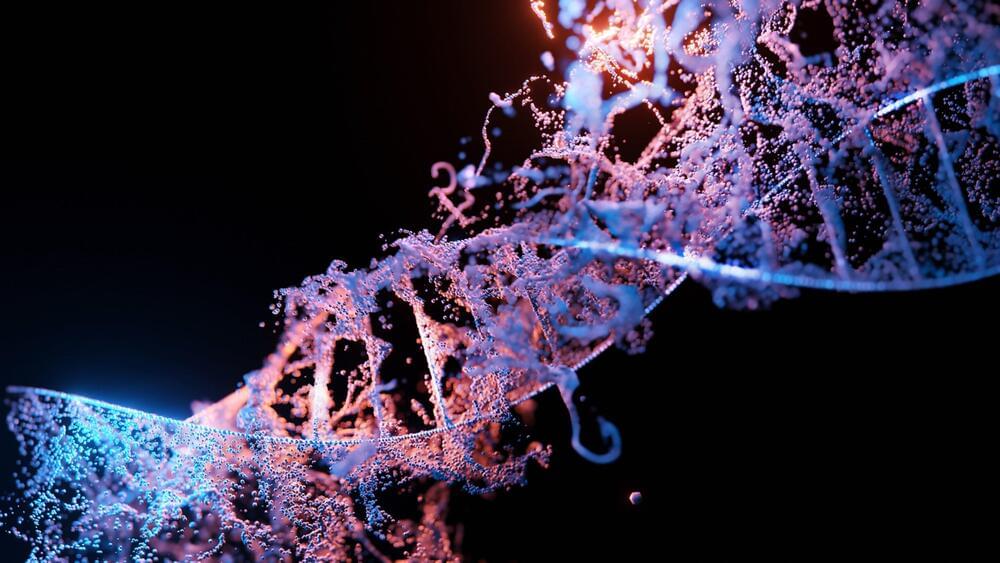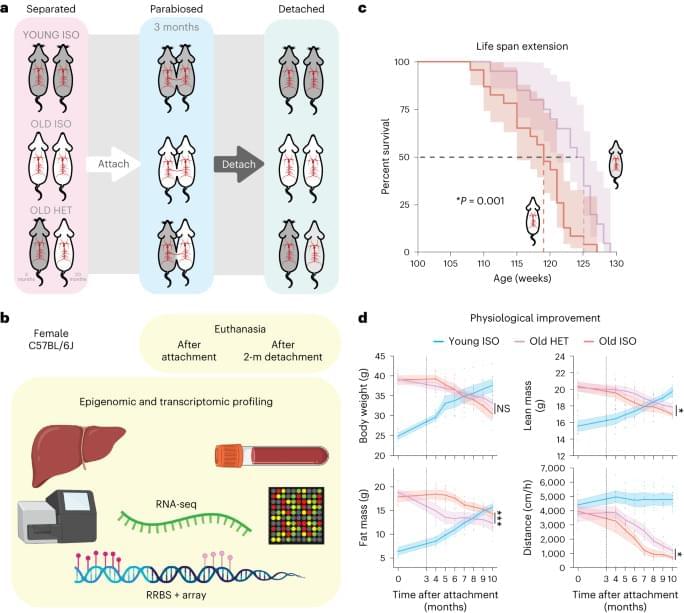Aug 4, 2023
Omicron variant resembles other respiratory viruses, posing challenges for syndromic surveillance
Posted by Shubham Ghosh Roy in categories: biotech/medical, surveillance
In a recent article published in Scientific Reports, researchers describe the symptom profiles of respiratory viral infections from the Flu Watch Community and the Virus Watch cohort studies to compare the frequency of the range of symptoms experienced during influenza, respiratory syncytial virus (RSV), rhinovirus, seasonal coronaviruses (CoVs) infections, and infections from severe acute respiratory syndrome coronavirus 2 (SARS-CoV-2) wild-type (wt) strain and variants of concerns (VOCs), including Alpha, Delta, Omicron BA1/BA2/BA5.
Study: Symptom profiles of community cases infected by influenza, RSV, rhinovirus, seasonal coronavirus, and SARS-CoV-2 variants of concern. Image Credit: KitjaKitja/Shutterstock.com.

